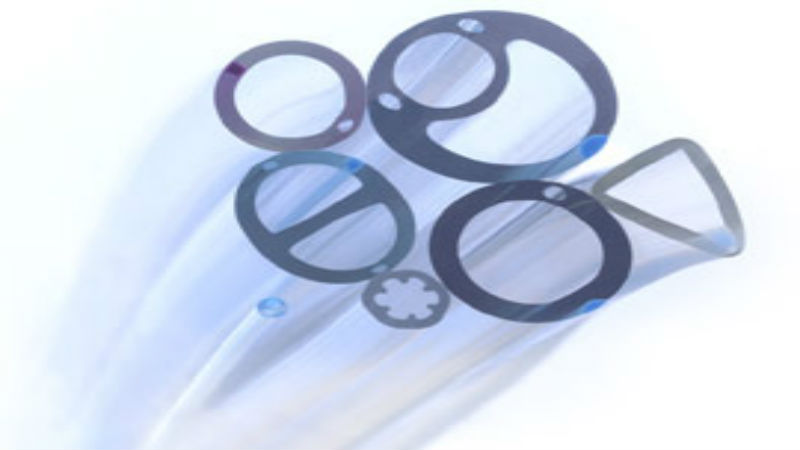Plastic injection molding companies use raw and/or recycled plastic and turn it into a viable product. They utilize thermoplastic materials, melt them and then alter their shape, creating a mold that solidifies during the hardening process. Those in the industry aim for perfection. They want to produce high quality products or a single flawless custom mold.
Sources of Flaws
When producing plastic components, big or small, defects may occur. In general, a molding company can trace the issues back to one of three potential sources. These are:
* Material: Sometimes the material may be flawed, i.e. the additives or plastic resins
* The Process: The process employed may be at fault
* The Mold: In some instances, the mold, itself may be imperfect
These are the basic causal factors linked to some of the more common flaws in the industry.
Common Flaws or Defects
Plastic injection molding companies work to lower the risk of defects in their product. Among the most are:
* Blistering: As the name indicates, this is a raised flaw on the surface. The cause may be excessive heat and/or insufficient cooling
* Color Streaks: These random appearance of color changes may be the result of a failure to mix the resins and colorants evenly
* Flash or Burrs: This is the appearance of undesired material on the edge of the component. The cause may be improper mold design or even poor clamping
* Flow marks: If the material cools too quickly as a result of too slow injection, a wavy discoloration or pattern forms
* Stress Cracking/Crazing: This flaw may appear if the component is exposed to a temperature that is too high
Plastic Injection Molding Companies
Addressing these issues is one aspect of the production role of plastic injection molding companies. It requires looking at the material, the processing and the mold. By determining the causal factors and adjusting the necessary items, the result will be high quality components delivered quickly and according to specifications.
